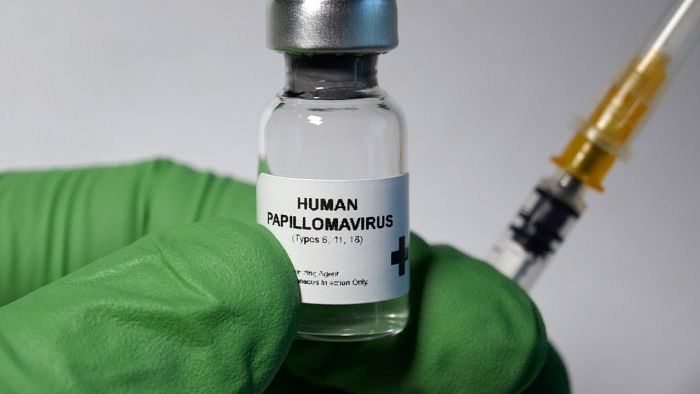
As of July 2023, the Serum Institute launched the first homegrown vaccine, Cervavax, against the human papillomavirus (HPV). Gardasil and Cervarix were already available but could be bought only in private health facilities. Cervical cancer is the second-most common cancer in India. Every year, at least 125,000 women are diagnosed with cervical cancer in India, and 75,000 die from the disease. Globally, 21% of cervical cancer deaths occur in India. Cervical cancer is caused by HPV, leading to cervical, penile, neck, throat, and other genital cancers.
Who is potentially affected by HPV? Literally, anyone and everyone carries the risk of HPV, with HIV patients being highly prone to it. The risk amplifies in people who have sexual intercourse at an early age, have multiple sexual partners, maintain poor genital hygiene, smoke, and drink, as well as have a family history of cervix cancer, among other causes. Apart from sexual activities, the virus can also spread through skin-to-skin contact. The morbidity and fatality resulting from the HPV virus are highly preventable and curable in 80% of cases within two years.
Singh and colleagues (2020) estimated that vaccinated girls were 60% less likely to have cervical cancer or die from it. When vaccinated girls were screened on a regular basis, the risk of cervix cancer was reduced by 69% to 79%. 23% of girls were married before 18 (National Family Health Survey-5) and therefore bore a higher risk of cervical cancer in the absence of vaccination.
Sexual and reproductive health is considered taboo, even in this time and age and are not a part of curriculum. Worse, educational discussions about SRH are equated with promoting perverse behaviour among children, whereas evidence has shown that sexual education does not promote young people but rather deters them from it in their teens. It is important to impart information on reproductive health.
Social norms are bound to hamper the wide dissemination of vaccines across India. Secondly, parents might have concerns regarding the side effects of the vaccine. This is where key stakeholders can play a prominent role.
While Sikkim has become the first state since 2018-19 to introduce the HPV vaccine for girls aged 9–13, covering 97% of girls with both doses, Sikkim resorted to social mobilisation, advocacy, awareness, and building effective public trust with the assistance of teachers, health staff, and community health workers. Sikkim provided the HPV vaccines free of charge by funding them from the state budget, a model that might be replicated by other states as well.
Among developing countries, Rwanda began its campaign in 2012 and has successfully covered 90% of school-going girls with the HPV vaccine. Subsidised vaccines, political commitment, and the rigorous efforts of community health workers in running door-to-door campaigns are considered the magic formula in the success story. In the Global South, Bhutan and Thailand have managed to cover more than 90% of girls with both doses of the vaccine, whereas Sri Lanka vaccinated more than 80% of girls with dual doses.
India cannot afford to let women suffer and then perhaps die of the most curable cancer. Important here is to also strategize vaccination with regular screening for women aged 30 and above.
This has to be coupled with knowledge dissemination and effective yet sensitive campaigns run by community health workers, local leaders, teachers, etc., as major pushback can be anticipated due to the low socio-cultural acceptance of the vaccine.
Simultaneously, as many reports suggest that HPV can cause harm not only to women but also to men, it becomes crucial to target the vaccine towards young boys as well.
(The writer is a research
asssociate at the Centre for Social and Economic Progress, New Delhi)